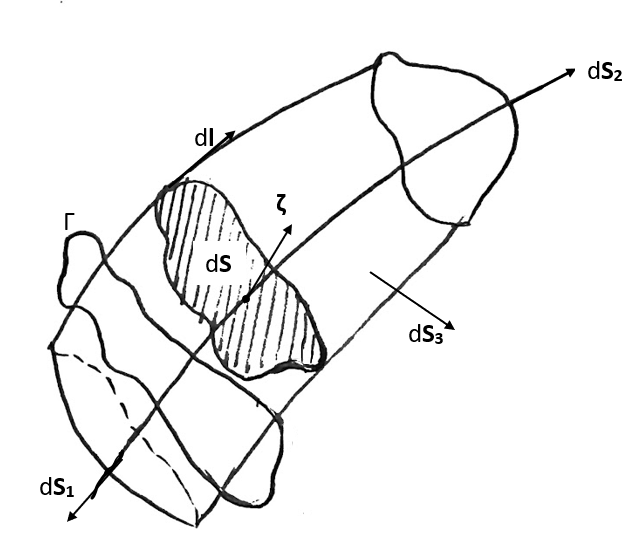Airfoil Stall
airfoil, stall, lift, drag, boundary layer, separation, transition
- Stall
-
Stall is defined as the rapid reduction in lift and increase in drag of an airfoil that occurs when the angle of attack is increased beyond a certain angle of attack.
Airfoils usually stall around the angle of attack of about 15 degrees. It should be noted that a wing made of the same airfoil will stall at a lower angle of attack than the airfoil itself. This is because the wing has a finite thickness and the flow separates at the wing surface before it separates at the airfoil surface.
The angle of attack at which stall occurs is called the stall angle of attack. A designer wishes to have the stall angle of attack as large as possible. Also, it is desirable that the airfoil stall in a gradual manner. This is because a gradual stall is easier to control than a sudden stall.
There are two types of stalling that can occur on an airfoil:
- Leading edge stall
Leading edge stall occurs when the angle of attack is increased to the point where the flow separates at the leading edge. The flow separates at the leading edge because the flow cannot follow the sharp curvature of the airfoil.
- Trailing edge stall
Trailing edge stall occurs when the angle of attack is increased to the point where the flow separates at the trailing edge. The flow separates at the trailing edge because the boundary layer becomes turbulent and separates from the surface. Here we see a progressive and gradual movement of separation from the trailing edge towards the leading edge as the angle of attack is increased.
The stall angle of attack is different for leading edge stall and trailing edge stall. An airfoil stalls at the lower of these two stall angles. The stall angle of attack depends on the airfoil geometry, the Reynolds number, and the surface roughness. For sufficiently large Reynolds numbers, the stall angle of attack is independent of the Reynolds number.
As a thumb rule for airfoils, the leading edge stall occurs before the trailing edge stall if the airfoil has a sharp leading edge. The trailing edge stall occurs before the leading edge stall if the airfoil has a blunt leading edge.
Aircraft designers usually design the airfoil to stall at the trailing edge. This is because the trailing edge stall is more gradual than the leading edge stall.
You can read more about the stall mechanisms in Anderson (2011) section 4.13.
